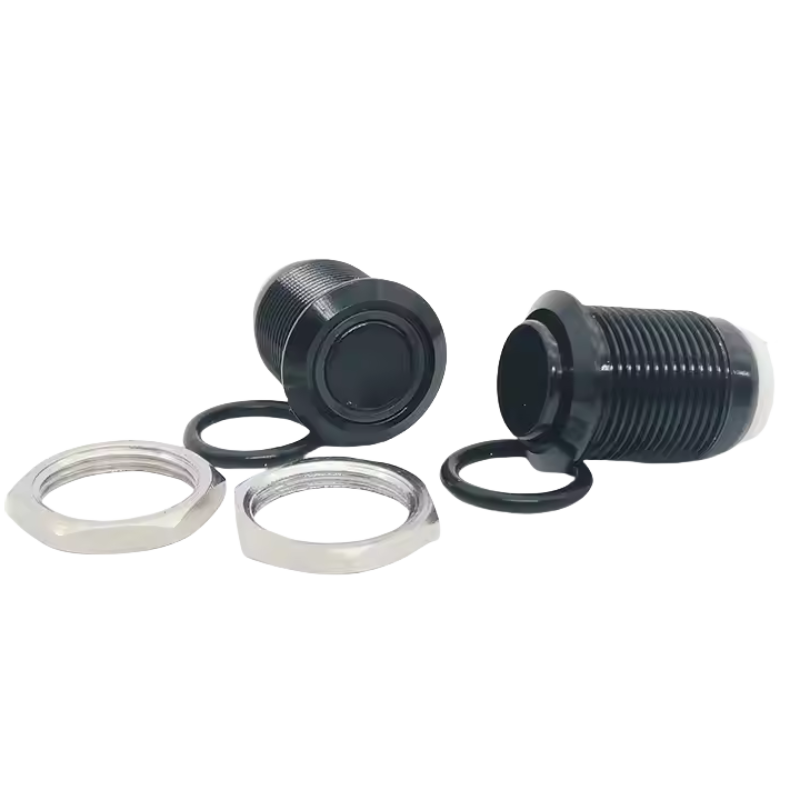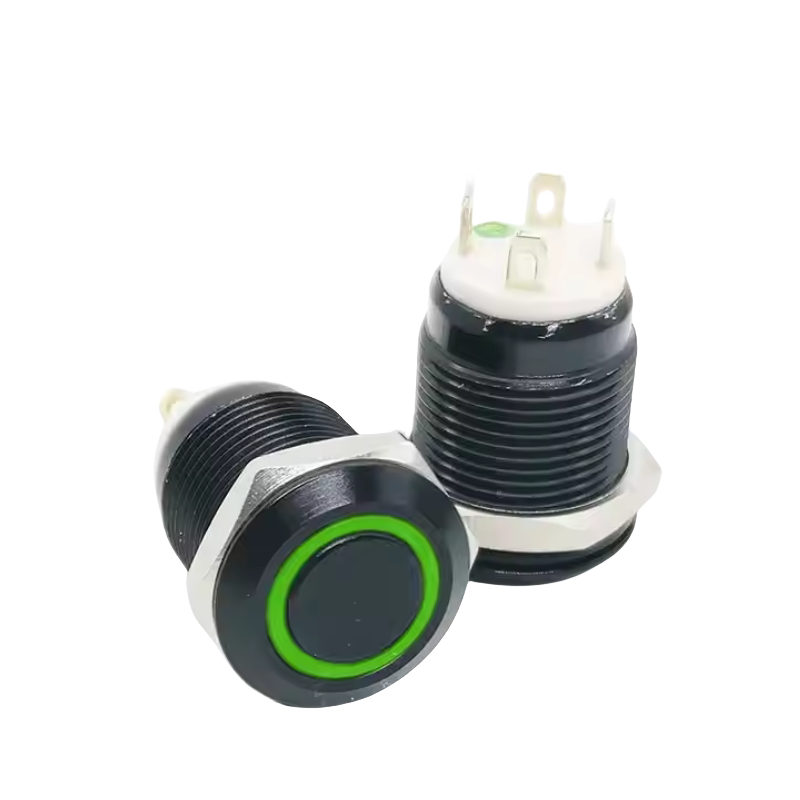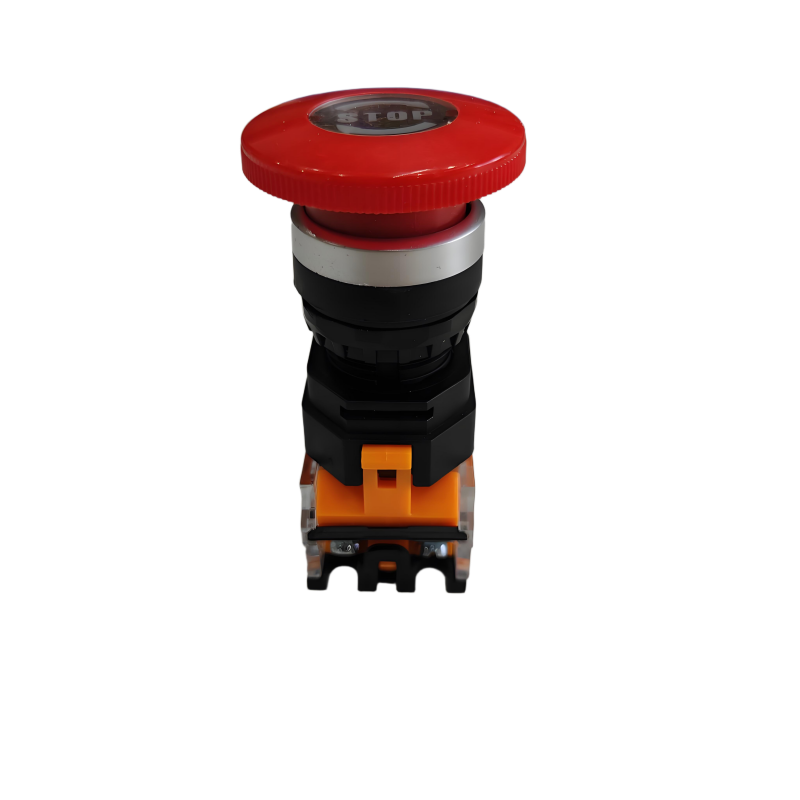As technology advances, the components used in electrical systems must also evolve. Among the most enduring and versatile components is the metal push button switch, known for its strength, reliability, and adaptability.
From industrial machinery to consumer electronics, metal push button switches are increasingly preferred for their ability to combine functionality with aesthetic value.
Let’s explore why this simple yet effective component remains a top choice in today’s electrical design landscape.
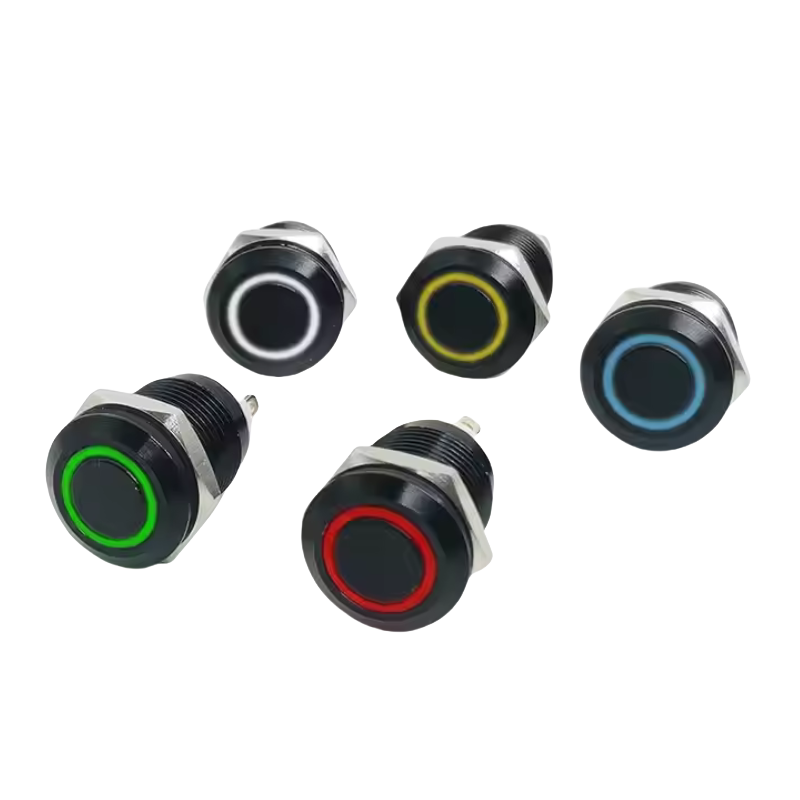
A Brief Overview
Push button switches have been part of electrical systems for many years. While early versions were mostly plastic and limited in durability, modern designs now use metal materials such as stainless steel and aluminum.
These upgrades have significantly improved the lifespan, resistance to environmental stress, and overall performance of the switches.
Today, metal push button switches are found in a variety of applications, including industrial equipment, automotive dashboards, marine systems, and smart home devices.
Key Advantages of Metal Push Button Switches
1. Exceptional Durability
Unlike plastic alternatives, metal push buttons can withstand repeated use without showing signs of wear. They resist impact, corrosion, and general degradation over time.
2. Resistance to Harsh Conditions
With sealed designs and materials like stainless steel, many models offer IP65 or IP67 protection, making them resistant to dust, moisture, and even temporary submersion.
3. Tactile Feedback
The firm press and clear click of a well-designed metal switch give users confidence in their input, enhancing user experience.
4. Visual Clarity with LED Options
Many modern switches include LED lighting — either in a ring or dot format — to improve visibility and serve as status indicators.
5. Design Flexibility
With multiple sizes, colors, and mounting options, metal push buttons can easily integrate into various control panels and interfaces.
Real-World Use Cases
Here are some common applications where metal push button switches perform exceptionally well:
- Industrial Control Panels: Emergency stops, machine starters, and safety interlocks.
- Automotive Dashboards: Engine start, HVAC controls, and lighting systems.
- Marine Electronics: Navigation, lighting, and communication systems.
- Smart Home Interfaces: Custom lighting and security panels.
- Commercial Devices: ATMs, vending machines, and ticket kiosks.
- DIY Projects: Embedded systems, robotics, and custom electronics.
Choosing Quality Components
While cost-effective options may seem appealing, investing in high-quality metal push button switches ensures long-term reliability and performance. When selecting switches, look for:
- Clear product specifications
- Industry certifications (CE, RoHS)
- Customer reviews and testing results
- Comprehensive datasheets
It’s important to source from suppliers who provide accurate technical data and consistent quality assurance.
Installation Best Practices
To ensure optimal performance:
- Make sure the panel cutout matches the switch size (e.g., 12mm, 16mm).
- Secure the switch properly using washers and nuts.
- Connect wires according to the wiring diagram.
- Test the function before full deployment.
- Protect connections with insulation or heat shrink tubing.
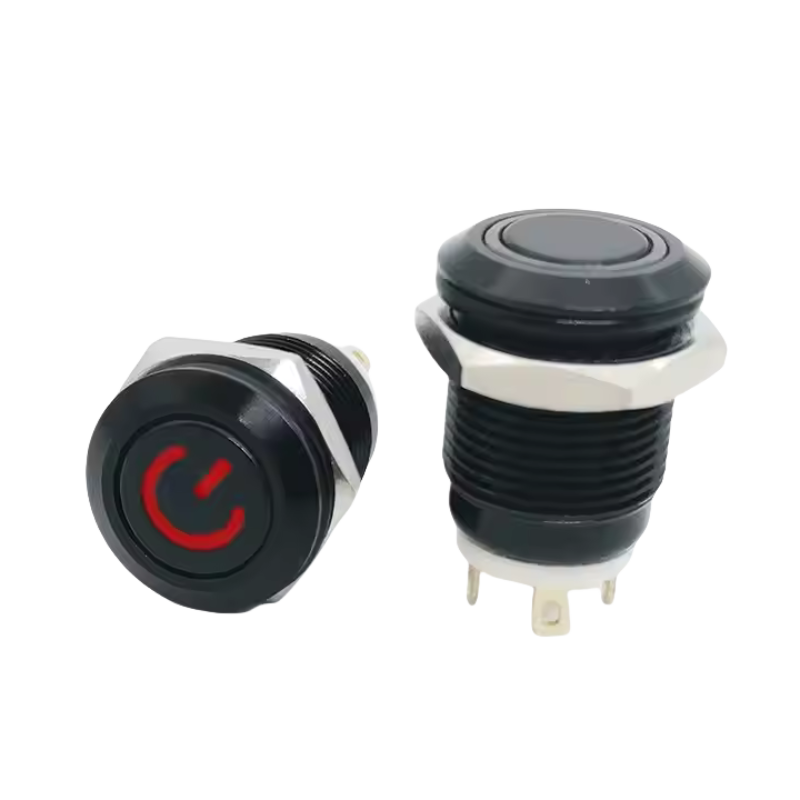
Maintenance and Troubleshooting Tips
Regular maintenance helps extend the life of these switches:
- Clean the surface regularly with a dry cloth.
- Check for signs of corrosion in humid environments.
- Inspect wiring connections periodically.
- Replace faulty switches as needed.
Common issues include:
- No response: Check wiring and power supply.
- Intermittent operation: Secure loose connections.
- LED failure: Test polarity and power source.
Final Thoughts
Despite the rise of digital interfaces, the metal push button switch remains a vital component in modern electrical design. It bridges the gap between analog simplicity and advanced functionality, offering both reliability and elegance.
Whether you’re designing a production line, upgrading a vehicle, or creating a smart home setup, a well-chosen metal push button switch can enhance both performance and aesthetics.
Understanding the different types, features, and applications allows engineers and designers to make informed decisions that meet both functional and visual requirements.
If you’re looking for reliable switching solutions for your next project, consider the wide range of metal push button switches available on the market today.

